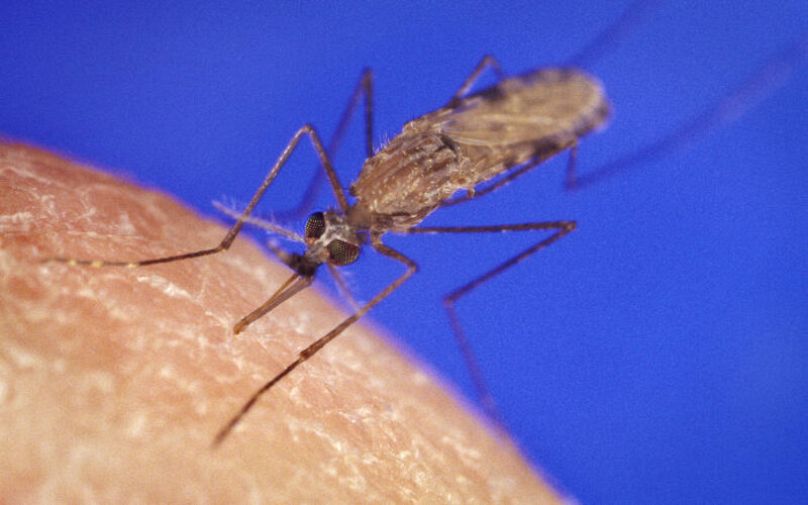Scientists from University of Maryland Baltimore and the IRSS research insitute in Burkina Faso created the "mosquito sphere" filled with toxic fungus to kill malaria-carrying mosquitoes
Researchers have used a fake village in Burkina Faso to test a genetically-modified fungus which kills malaria-carrying mosquitoes.
Scientists from the University of Maryland Baltimore and the Research Institute of Health Sciences in Burkina Faso set up a fake 6,500 square feet village or “mosquito sphere”. It was complete with plants, huts, water sources and food for the mosquitoes while special nets were used to prevent the insects from escaping.
Inside the sphere was a fungus known as Metarhizium pingshaense which had been genetically modified so it produces venom originally from a spider.
The fungus naturally infects the Anopheles mosquito, which is the only mosquito genus which carries the disease, and its genetic code was edited so it would start making the spider toxin once it comes into contact with hemolymph, which is the insect equivalent of blood.
A previous study conducted on the Metarhizium fungus in Tanzania in 2005 found it did kill mosquitoes but did it so slowly the mosquito was able to transmit malaria.
The experiment was tested on 1,000 female and 2,000 male insecticide-resistant mosquitoes in two separate spheres — one with the fungus and one without — and the results were published in the journal Science.
The study found approximately 75% of the mosquitoes in the sphere were infected with the toxin and this lead to population collapse in just 45 days with just 13 mosquitoes remaining.
When wild mosquitoes were allowed to live freely in the dome without the presence of the fungus the population increased over the same period.
Malaria is spread when female Anopheles mosquitoes drink blood and spread the parasite from human to human.
According to the World Health Organization, there are around 219 million cases of malaria every year and around 435,000 people die from it annually.












